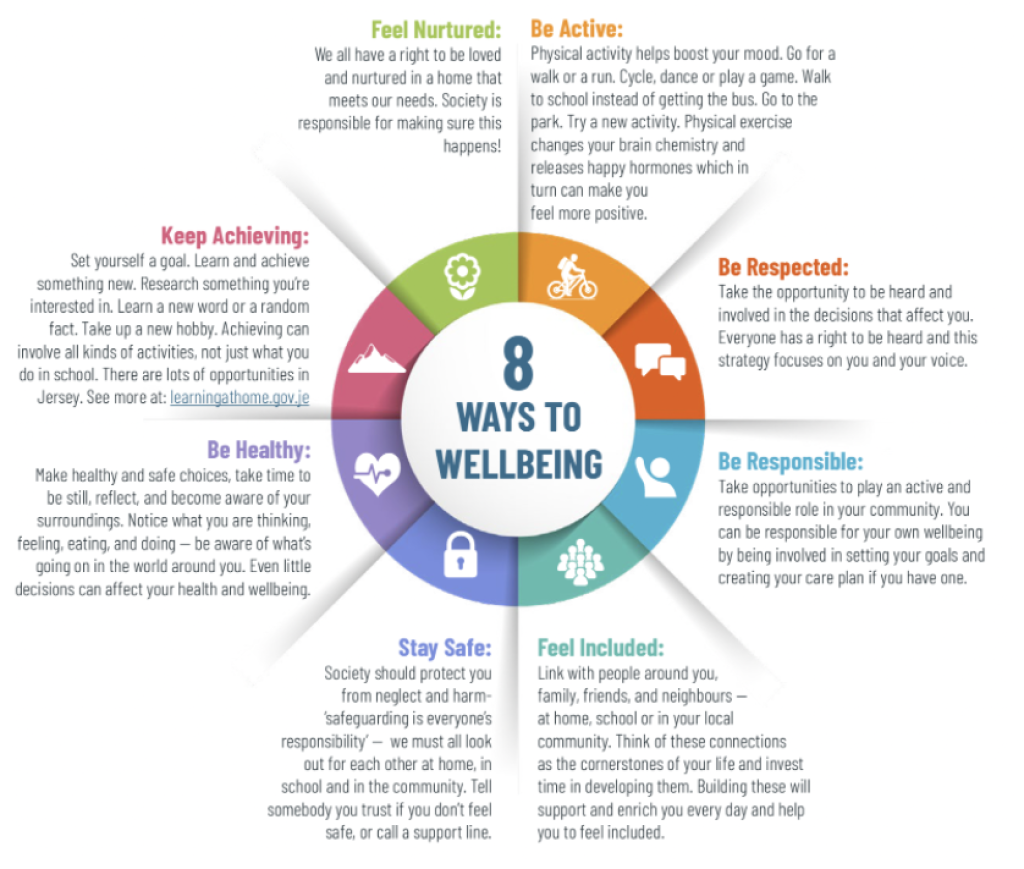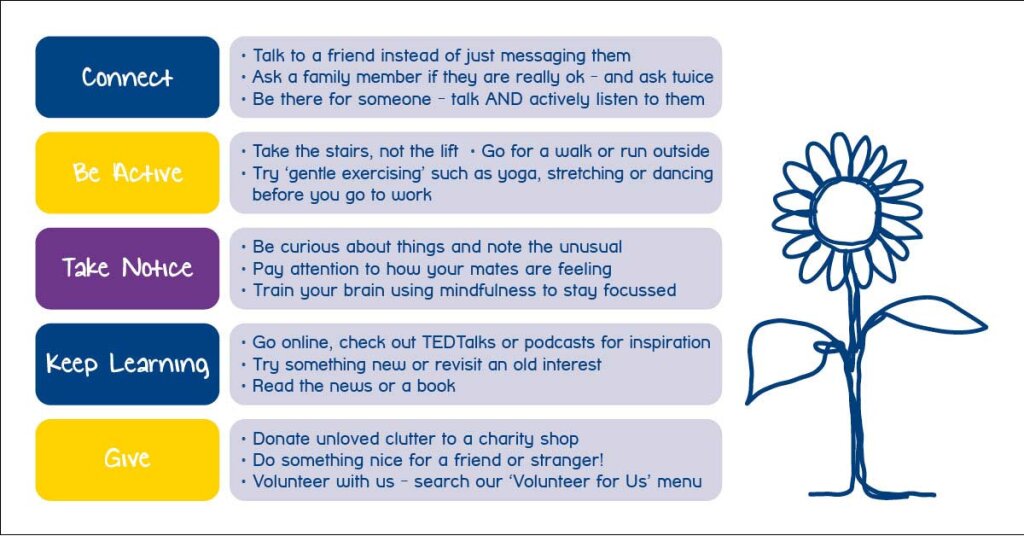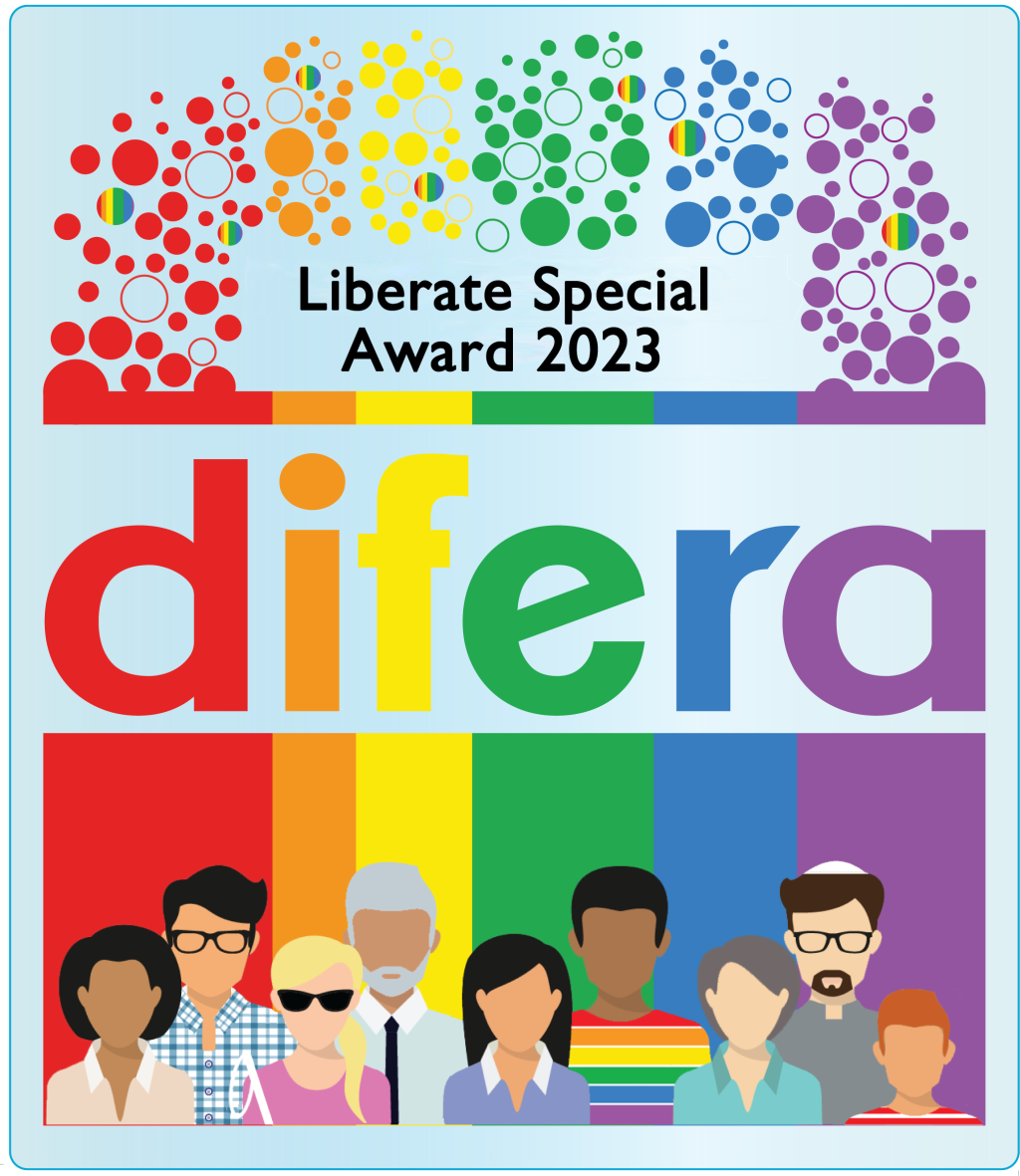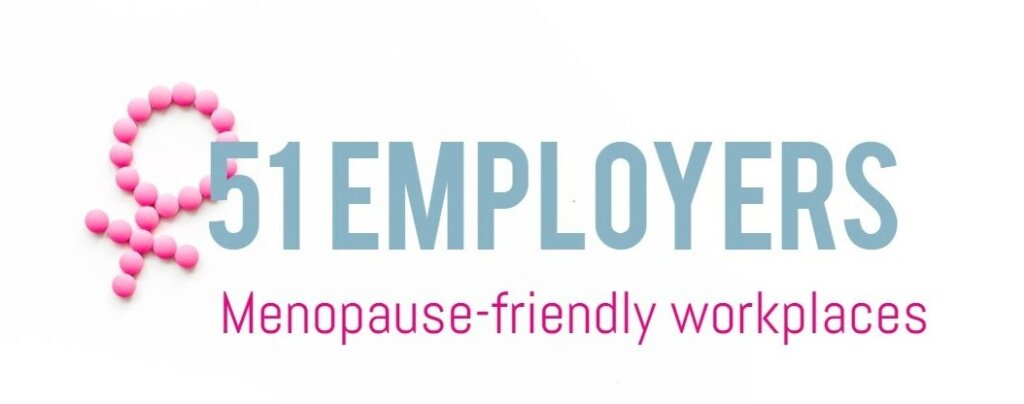Authors: | Emma Silvestri-Fox and Simon Milner |
Date: | May 2024 |
To be reviewed: | May 2026 |
Principles
Wellbeing is characterised and defined in various ways (see, for example, Appendices 1, 2 and 3).
O’Neill (2021) provides a simple ‘hybrid model’, drawing on ‘various wellbeing theories, both established and current’:
Physical and mental health
Family and social relations
Emotions and mood
Spiritual and moral goodness
(Maria O’Neill Proactive Pastoral Care, London, 2021)
We aspire for all members of our community to live fulfilled lives by cultivating each of these four areas. Wellbeing is at the heart of our vision for both students and staff.
Students leaving JCG at the end of their studies will:
Enjoy life to the full, value their friendships and achieve balance in their lives
Have a thirst for knowledge Have a good range of interests, including the Arts and sport, which they want to pursue
Leave us with an excellent record of achievement
Have ambition, motivation and staying power
Have grown as individuals who are happy, well-mannered and able to find fulfilment in their service to others
Be conscious of the advantages they have enjoyed
Want to have a positive impact on her community and the world
Have happy and lasting memories of their time at College.
The College strives to be an environment that nurtures staff who:
Are passionate about what they do, drawing on the rich and fulfilling experiences they have in their lives beyond the classroom
Are focused on what is best for their students and endeavour to know and understand them
Contribute to a calm, collegiate, happy and purposeful organisation which cares for and invests in us as individuals and valued members of a team
Enjoy working in the exciting, vibrant JCG community, where colleagues and students possess a strong sense of belonging.
Aims
To prioritise wellbeing in all aspects of College life
To promote shared, collective and personal responsibility for the wellbeing of all members of our community
To provide a stimulating relevant, and inclusive wellbeing and character curriculum (through channels including, but not limited to, assemblies, tutor programmes and the PSHE curriculum) that empowers our students to actively cultivate their own wellbeing and to seek support when it is needed
To ensure that all members of our community can access timely and appropriate support when they face challenges to their wellbeing
To ensure that our rich co-curricular provision presents students with opportunities to cultivate their wellbeing and develop character traits, such as resilience, conducive to wellbeing
To promote a mindset of service, so that members of our community find fulfilment in their service to others
To provide students, over time, with increased opportunities to lead on supporting the wellbeing of the wider College community
To enable students to leave JCG with the tools to identify and support their own wellbeing needs throughout their lives.
Procedures
Students should be encouraged to take responsibility for:
Understanding factors that affect their wellbeing
Actively promoting their own wellbeing
Seeking support to improve their own wellbeing when needed (see Appendices 6 and 7)
Supporting the wellbeing of others in a bounded and responsible way
Referring any concerns about the wellbeing of another student to a member of staff
Taking opportunities for student voice and student leadership to promote the wellbeing of the College community
The Head Girl Team has responsibility for:
Leading students on promoting and developing a culture of wellbeing, including leading the work of peer mentors and other student wellbeing champions
Working closely with Principal and Vice Principal in this capacity
Leading the work of the SSLT in relation to student wellbeing
Parents have responsibility for:
Working in partnership with the College to promote the wellbeing of their children (in accordance with the Home School Agreement)
Providing feedback to the College on how the wellbeing of their children might be best supported
All staff have responsibility for:
Understanding factors that affect their wellbeing and that of their students
Actively promoting their own wellbeing and seeking support with this as needed
Playing their part in a graduated response to student wellbeing concerns (see Appendix 3)
Ensuring discussions of wellbeing, with their students, are informed by the CARE model (see Appendix 4)
Referring any safeguarding concerns to the DSL team
Form Tutors have responsibility for:
Using morning registration to provide students with the opportunity for a daily well-being check
Knowing their tutees well, and passing on any concerns (occasioned by a change in presentation) to the Head of School
Conducting 1-1 mentoring with all tutees
Nominated Mental Health First Aiders have responsibility for:
Responding to staff and student concerns relating to mental health if approached to do so
Referring any safeguarding concerns to the DSL team
(For a list of Nominated Mental Health First Aiders, see Appendix 5)
Line Managers have responsibility for:
Actively promoting and advocating for the wellbeing of those they line manage, using resources such as the MIND guidance for line-managers
Leading appraisal meetings to support colleagues in achieving their professional goals
Leading return to work interviews to ensure staff wellbeing following a period of absence
Head of PSHE has responsibility for:
Ensuring that the PSHE curriculum (Years 7-13) empowers all students to actively cultivate their own wellbeing, to seek support when required, and to support the wellbeing of others in a bounded and responsible way
SENCO has responsibility for:
Supporting students with wellbeing concerns that may arise from individual student needs
Liaising with external agencies to support student wellbeing as appropriate
Creating, maintaining and reviewing Individual Learning Plans as required
Heads of School have responsibility for:
Leading the wellbeing and character curriculum (including Tutor and assembly programmes) and support for students in their School
Supporting the work of student leaders and wellbeing champions in their school
Using Parent Information Evenings, and other channels as appropriate, to engage parents in a shared effort to support student wellbeing
Analysing and sharing (as appropriate) data relating to attendance, homework submission, achievement and behaviour to promote awareness of possible indications of wellbeing concerns
Liaising with external agencies to support student wellbeing as appropriate
Managing student Care Plans and Safety Plans as required
Attendance and Welfare Lead / DDSL has responsibility for:
Deputising for the DSL as required
Liaising with external agencies to support student wellbeing as appropriate
Managing student Attendance Plans, Care Plans and Safety Plans as required
Ensuring that all students can maximise their wellbeing through good attendance
Assistant Headteacher (Student Guidance) has responsibility for:
Leading the Student Guidance Team (see Appendix 6)
Having oversight of the College’s engagement with external agencies to support student wellbeing
Serving as the College’s Designated Safeguarding Lead
Serving as a Senior Mental Health Lead
Contributing to the review of this policy
Assistant Headteacher (Staffing) has responsibility for:
Supporting the work of Line Managers in promoting staff wellbeing
Overseeing staff induction, appraisals and professional learning
Liaising with Government and other agencies to support staff wellbeing as appropriate
Serving as a Senior Mental Health Lead
Contributing to the review of this policy
Senior Leadership Team has responsibility for:
Maintaining an ‘open door’ policy, such that any member of the SLT will, unless engaged, be available to speak to any member of staff, parent or student at any time during the school day. If unavailable immediately, an early appointment, usually the same day, can be arranged
Principal has responsibility for:
Overseeing the application of this policy
Links to other policies
Appendix 1 – 8 Ways to Wellbeing
Tips for Wellbeing from the Children and Young People’s Emotional Wellbeing and Mental Health Strategy 2022-2025 (Government of Jersey)

Appendix 2 – 5 Ways to Wellbeing
The Five Ways to Wellbeing, promoted by Mind

Appendix 3 – Graduated Response to Student Wellbeing Concerns
Desired outcomes when speaking to a student about a wellbeing concern:
The student feels listened to and cared for
The student knows how they might help themselves
The student is signposted to additional sources of support
Learning loss is minimised
Graduated response to wellbeing concern – presenting to a teacher or other member of staff:
If you are concerned for a student's wellbeing, start by speaking to them: keep the CARE model in mind. Can the student be encouraged to stay in / attend all lessons and to speak with members of staff at other times?
If anything you hear or observe makes you concerned about safeguarding, refer to the DSL
If you have no safeguarding concerns, inform the student's Tutor so that they can check in If there is an ISN concern, fill in an initial concerns form and send to ENCo
Once the concern has reached the Tutor, they might:
Continue check-ins and consult with parents
Contact school counsellors to ask if a referral is appropriate [please do not send students to counselling sessions without consulting the counsellors]
Refer ongoing concerns to the Head of School
Once the concern has reached the Head of School, they might:
Speak to the student and consult with parents
Arrange for support from an external agency such as Mind, YES, Educational Psychologist, SEMHIT or ASCIT
Discuss a referral to CAMHS or the Children and Families Hub with the DSL
If safeguarding concerns emerge at any time, the DSL must be informed.
Graduated response to wellbeing concern – presenting to Student Guidance Team:
If a student reports directly to the Student Guidance Team with a wellbeing concern, the immediate priority will be to establish if there is an urgent safeguarding issue
If there is, the DSL will be contacted and action taken
If not, the team will aim to return the student to lessons as soon as this has been established, and to arrange a follow-up discussion when the student is free
The wellbeing concern will then be triaged, to be actioned by Tutor, counsellors, Head of School or DSL. For example, the action might be:
Tutor to check-in and update parents
Student to access School Counsellor
Head of School to consult parents and support students in engaging with external support
DSL to make referral to CAMHS or Children and Families Hub
Appendix 4 – The CARE model
https://www.annafreud.org/schools-and-colleges/resources/care-animation-and-resources/
Appendix 5 – Mental Health First Aiders (and other Staff Mental Health Resources)
Appendix 6 – Wellbeing Support for Students in College
Who Can I Talk To? (including Student Support Team structure)
Support systems:
Emotional Literacy and wellbeing support from Heads of School Assistants.
“Buddying” of new students by Sixth form students and other students in their House
“Open door” for all students, staff and parents
Individual mentoring for all students by Form tutors
Heads of School School counsellors
ELSA support from TA
Peer mentors







